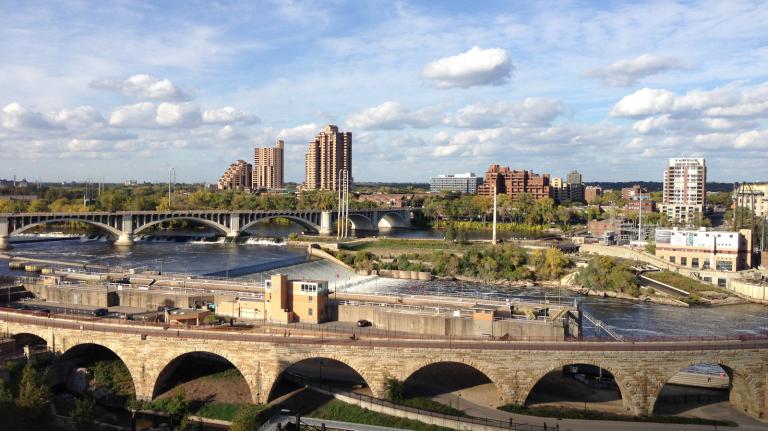We’ve said it before and we’ll say it again: Adding more roads — and more lanes on those roads — does absolutely nothing for gridlock. It’s counterintuitive, perhaps, but it’s true: Five years, $1 billion, and at least one new traffic-hell moniker later (“Carmageddon”), L.A. drivers on the 405 freeway actually added a minute to their daily commutes, in spite (or because?) of a snazzy new carpool lane.
From Southern California Public Radio:
That outcome is probably not surprising to economist Matthew Turner.
Turner co-authored a study that showed a one-to-one correlation in road capacity and the amount of drivers on the road.
“There’s a lot of trips that you don’t take because you don’t want to drive when it’s congested,” he says, “and if it’s little bit less congested there’s a lot of trips people are willing to take.”
There are just too many cars, and traffic has as much to do with human psychology as it does infrastructure. If we attempt to relieve gridlock, all we get is more drivers, and more gridlock. As Umbra put it in a recent post, carpool lanes are “designed to make driving easier. Yes, they have some environmental bennies, but they don’t do enough to attack our main climate goal: curbing driving, period.”
The only thing that will actually help curb traffic, according to Turner, is charging people to drive at rush hour. (He claims it’s worked in Europe and Asia). This kind of disincentive may be just as important as alt-transport incentives. Hit us where it hurts, and we may choose not to drive so much. ’Nuff said.



